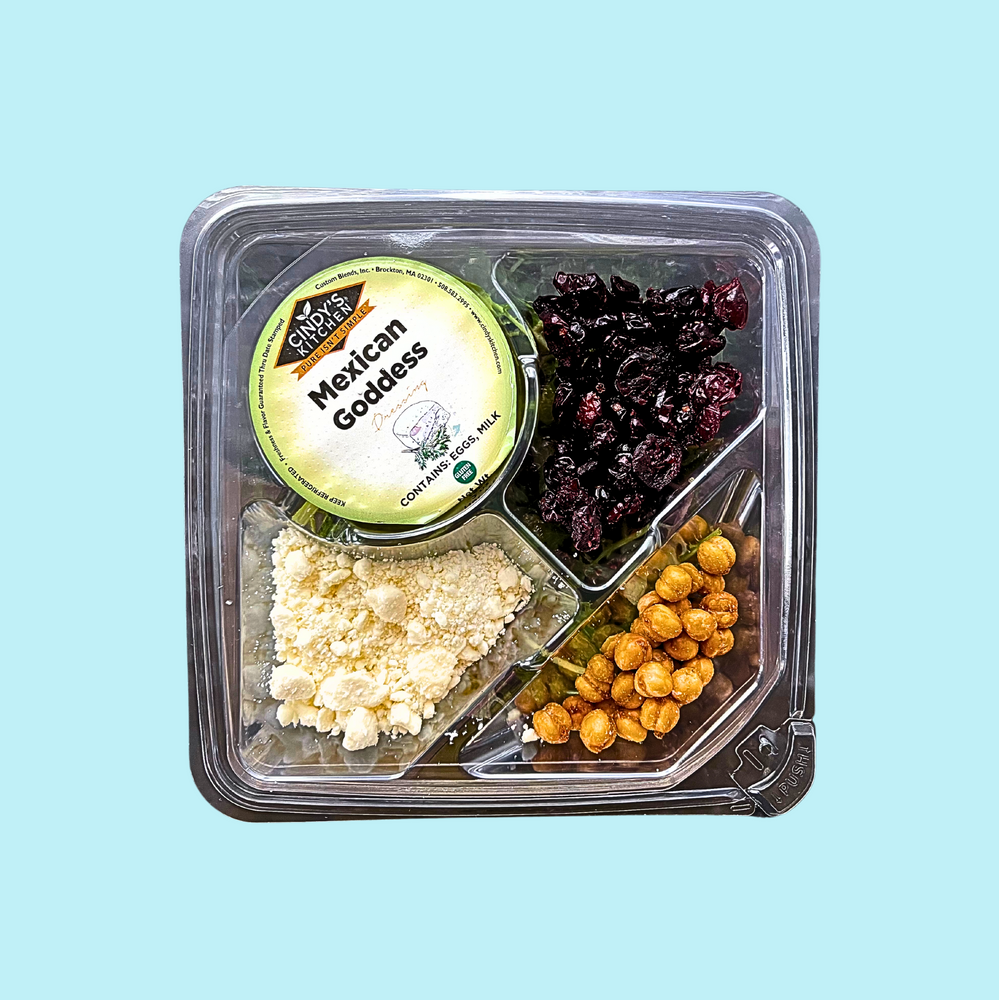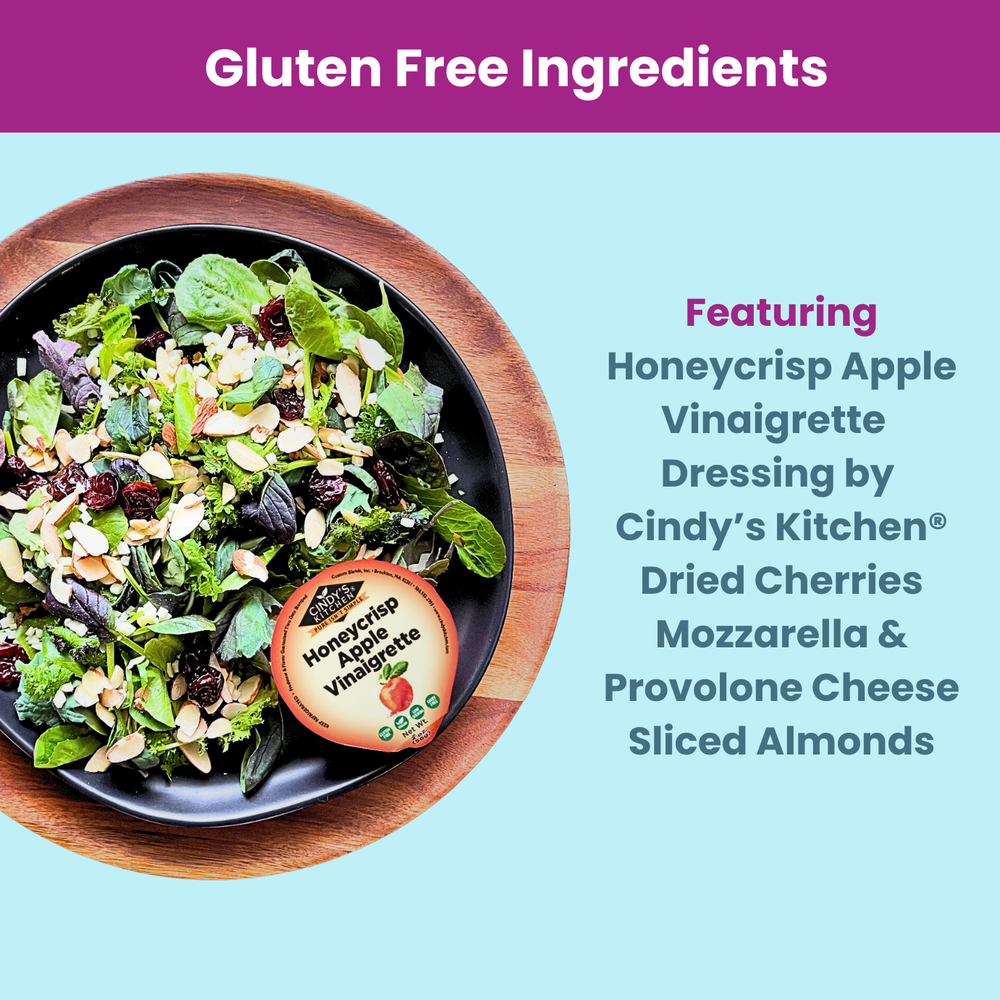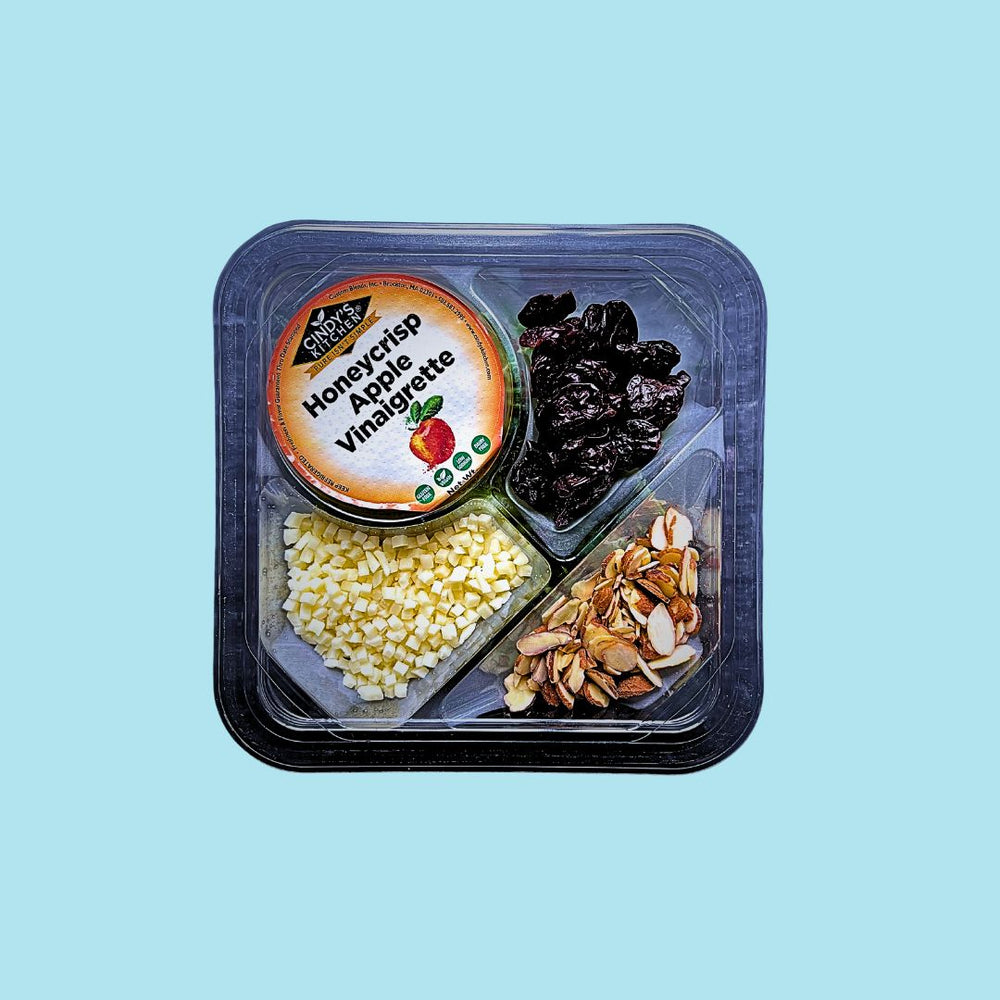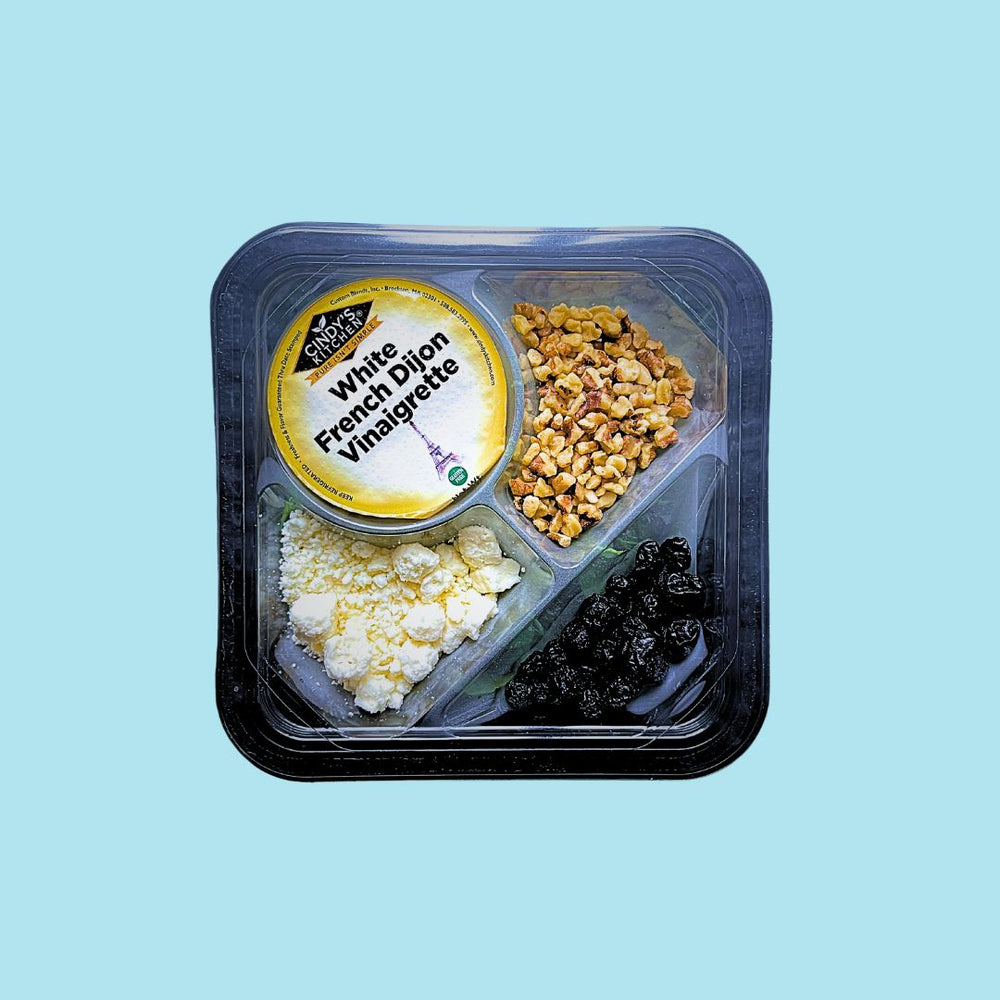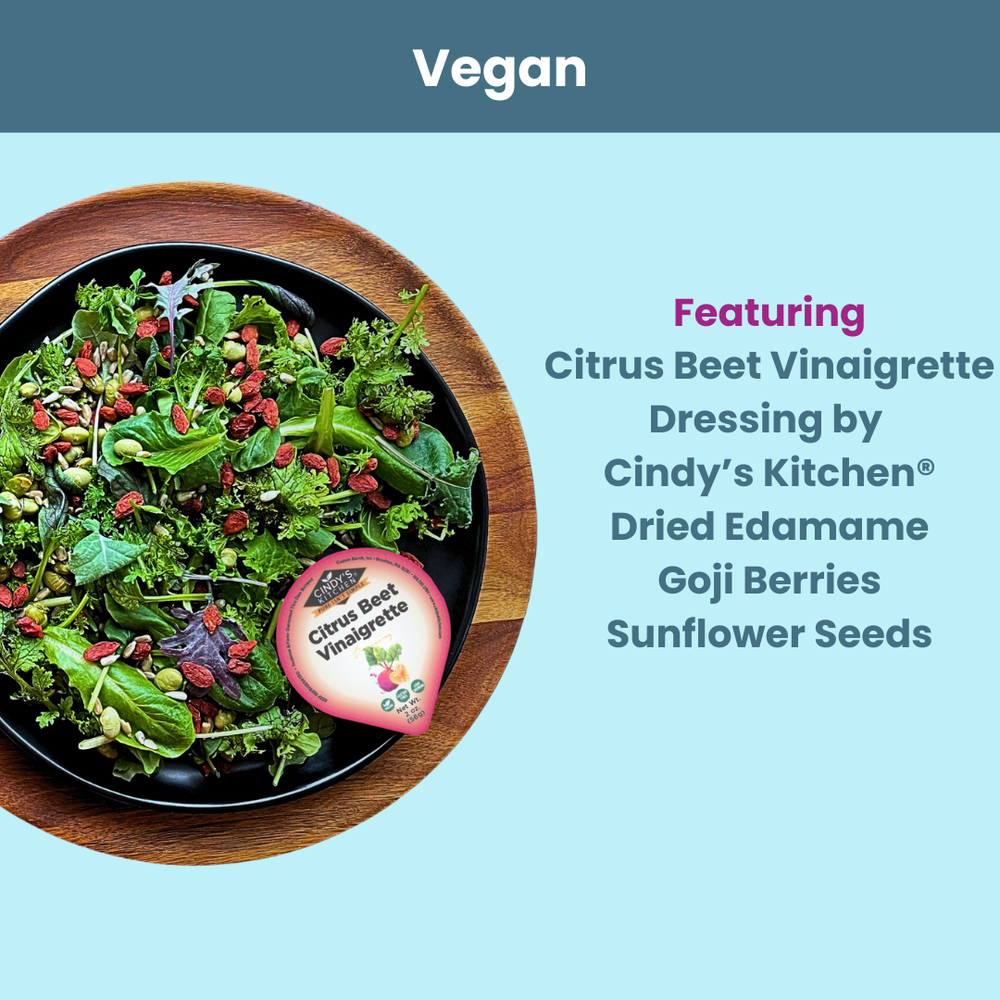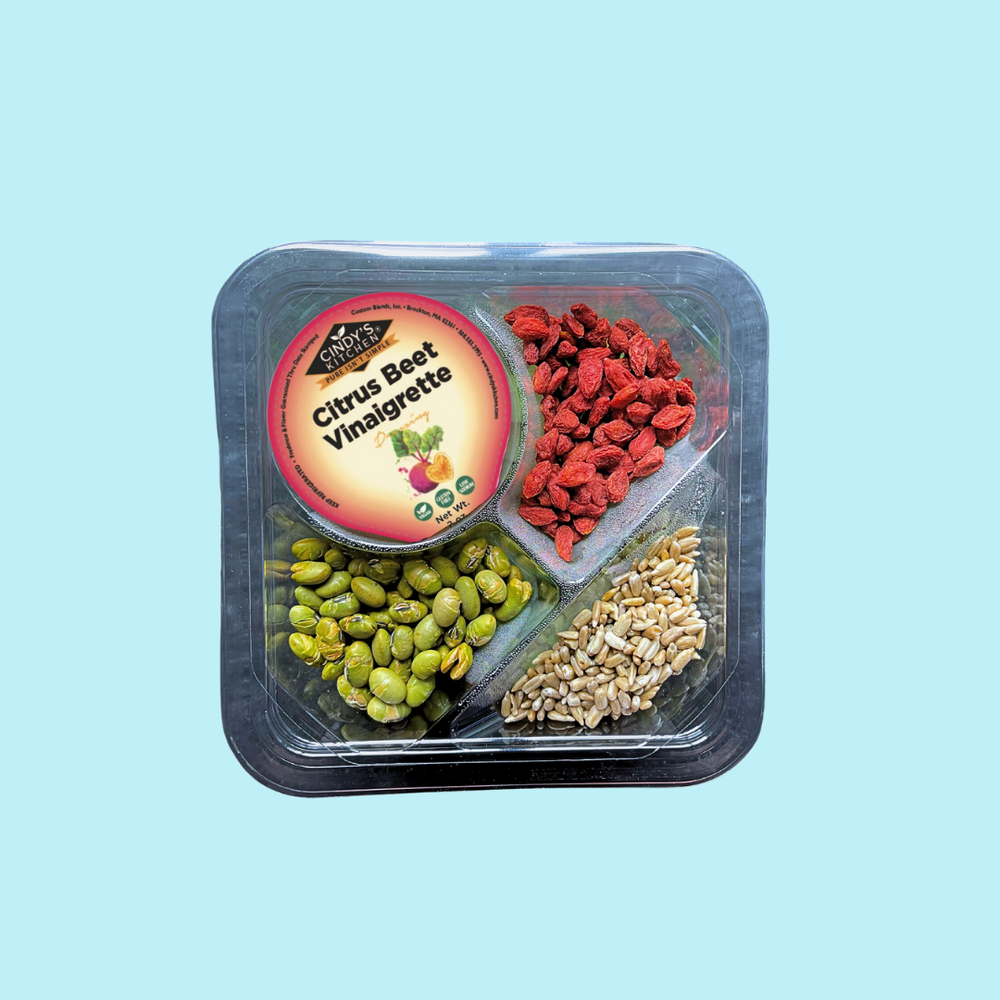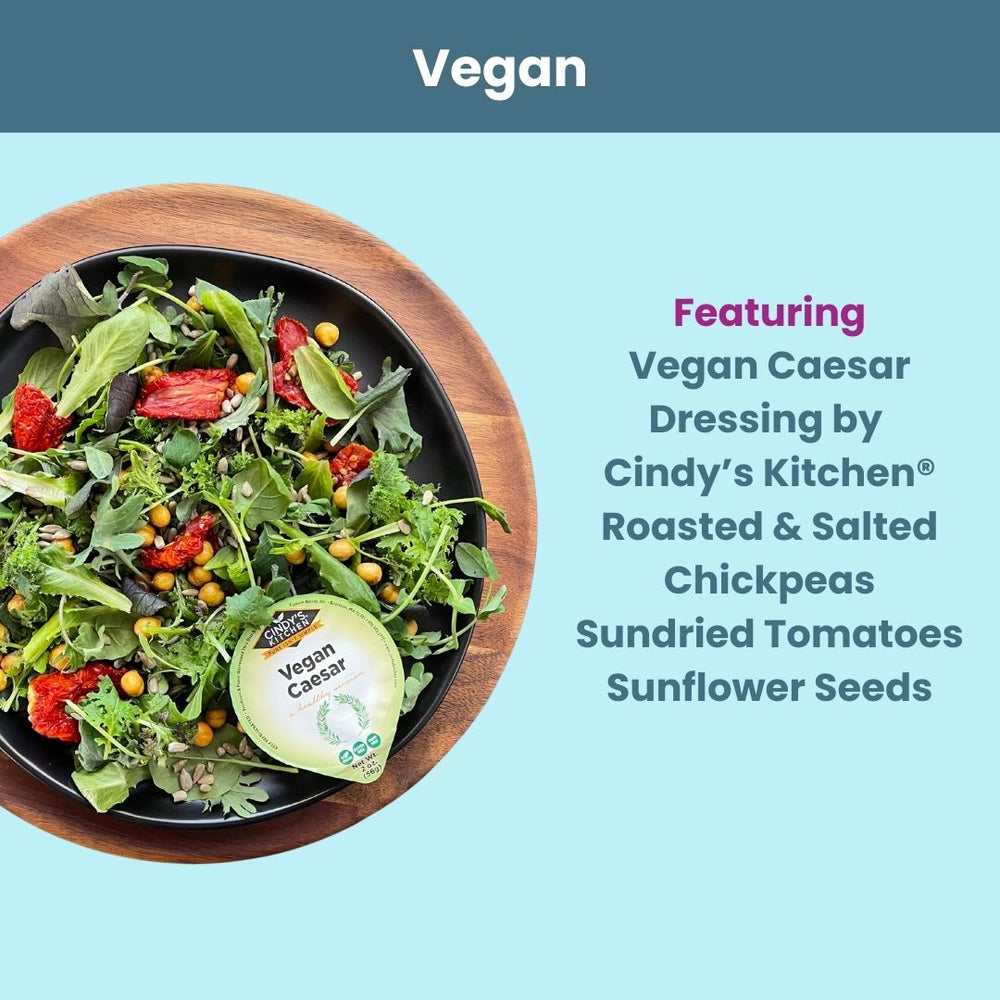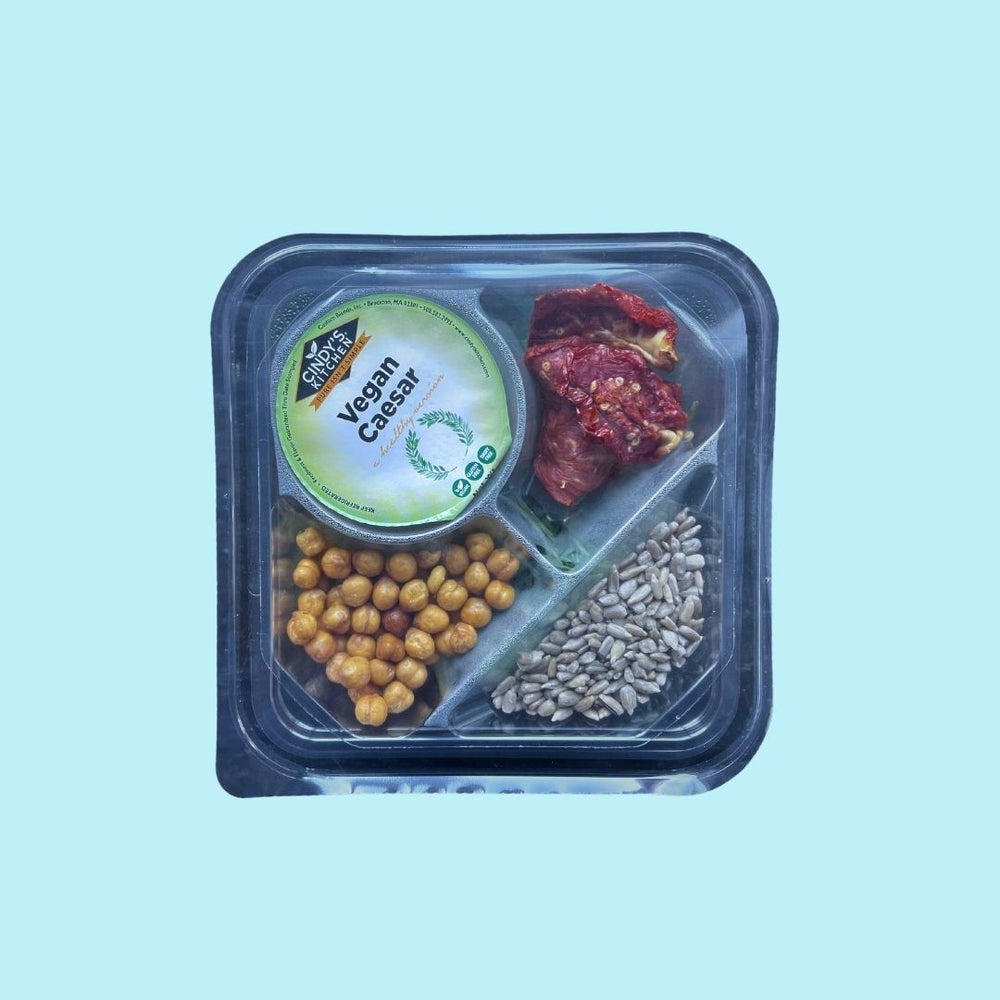"Let food be thy medicine and medicine be thy food." - Philosopher Hippocrates
We grow fresh, flavorful veggies using hydroponics—nurtured in nutrient-rich water, not soil. This means our produce is packed with extra nutrients and full of taste, all while being free of harmful pesticides. Plus, our farming methods use less water and reduce environmental impact, so you can feel good about supporting a greener, healthier planet. Local, sustainable, and delicious—what’s not to love?

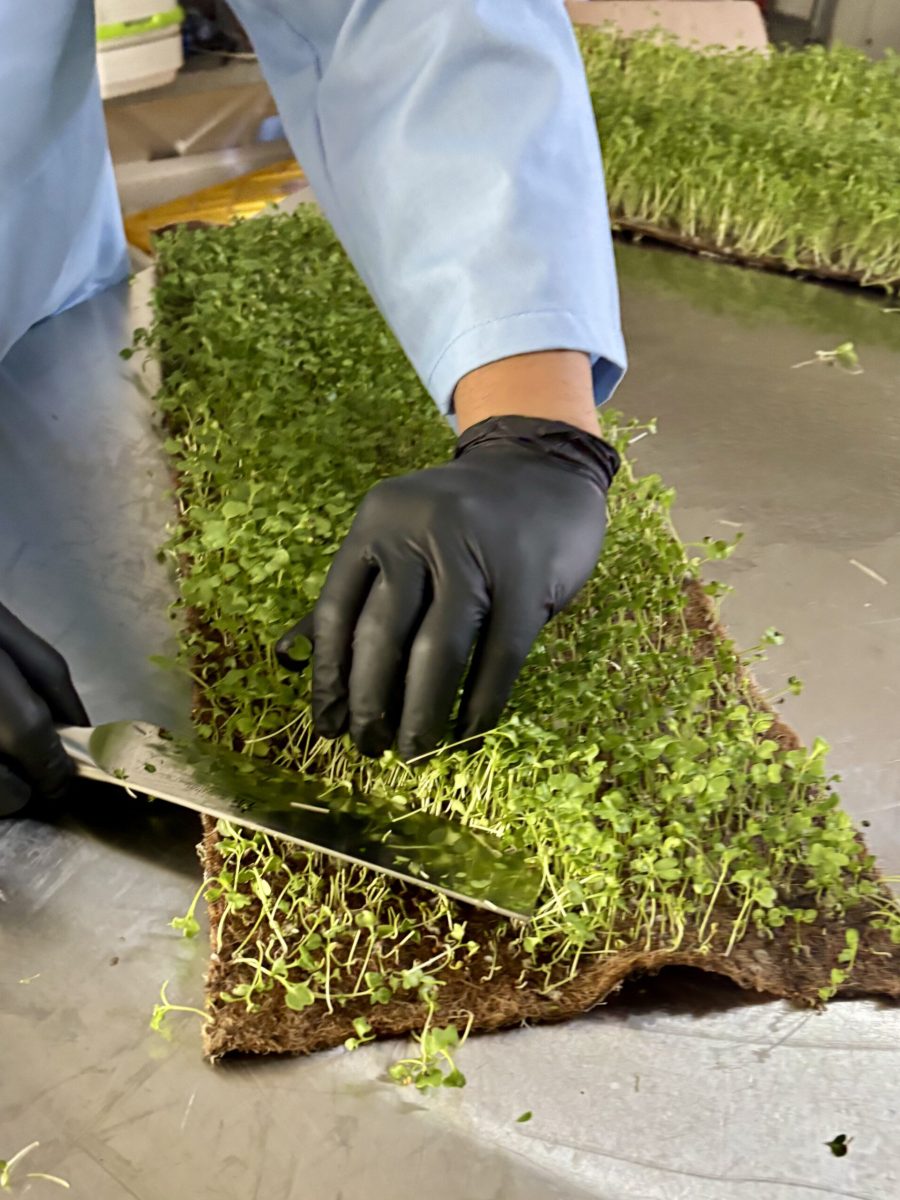
Take control: prioritize your health today!
No Chemicals
Utilizing the PURE growing method, we cultivate exceptional microgreens using only pH-balanced water, natural coco fiber pads, and specialized LED grow lights, eliminating the need for harmful chemical fertilizers or pesticides.
Non-GMO Seeds
Committed to health and safety, our farm exclusively uses certified Non-GMO seeds, sanitized with hydrogen peroxide to guarantee germ-free cultivation, rejecting any genetically modified variants.
PURE Filtered Water
Our 6 Stage Advanced Water Filtration and Remineralization system effectively eliminates 98-100% of various contaminants from tap water, promoting healthier plant growth and improving your overall health.
Hydroponic - No Soil
We adopt hydroponic practices for our microgreens, ensuring a sterile growing environment and boosting the plants' vitamin and mineral content by up to 50%.
"An Ounce of Prevention is Worth a Pound of Cure."
That is a quote from the great Benjamin Franklin.
When it comes to preventing disease, nothing is more powerful than natural foods such as microgreens!
In fact, a group of scientists at the University of Maryland Agriculture & Natural Resources Department and the U.S. Department of Agriculture (USDA) found that living microgreens have up to 40 times more nutrients than their mature counterparts. These functional foods can help in the prevention and treatment of degenerative diseases such as Alzheimer’s, Parkinson’s, Heart Disease and Arthritis, with Cancer being at the forefront of current research studies. In addition, their high nutrient content can help lower blood pressure, lower cholesterol, improve digestion, strengthen bones and teeth, improve eyesight, and balance blood sugar!
Nutrient-Rich
Microgreens are packed with higher concentrations of vitamins, minerals, and antioxidants compared to mature vegetables and herbs, which can help ward off diseases.
Enhanced Heart Health
The high polyphenol content in microgreens may reduce the risk of heart disease, with studies suggesting these tiny plants can lower LDL cholesterol levels.
Supports Healthy Digestion
Microgreens contain dietary fiber that promotes healthy digestion and bowel movements, potentially aiding in weight management.
Boosts Immune Function
The dense nutrients and antioxidants in microgreens support the immune system, helping to protect the body against infections and inflammation.
The Fantastic Five Salad Bowls
Discover five delicious new Salad Bowls, crafted with the same fresh Planted Detroit greens you already enjoy.
What Our Clients Say
Let real testimonials do the speaking!





Let's Beautify Your Garden Together!
Questions & Answers
This is by far, one of the most frequently asked questions we receive. The short answer is, it’s not mold. Those are called micro root hairs, a normal horticultural phenomenon with hydroponic microgreens. The plants use these microscopic hairs to wick up moisture to feed itself. With proper care, your microgreens should not develop mold or rot. If mold does appear it will usually appear as a small ball of fuzz higher and closer to the leaves of the microgreens. Rot is usually brown and slimy. Gross! We dedicated a page on our website to talk more about this question so you can educate yourself on the difference between mold and micro root hairs
We recommend cutting your microgreens with a sharp scissor roughly 3/8″ above the pad or just above the micro root hairs (white fuzzy stuff). This reduces waste so you get the most out of your microgreens purchase. There are plenty of nutrients in those stems. So don’t just consume the leaves of your microgreens!
1) If your order contains only microgreens from our “In-Stock Microgreens” collection, they will ship within 2-7 business days by US Postal Service Priority Mail. Our shipping days are on Tuesday and Friday. You’ll receive a shipping confirmation once they’re all packed up and ready to go.
2) If your order contains microgreens from our “Grown-to-Order” collection, we will begin seeding your microgreens on Saturday which is our main seeding day. Yes, we’re growing microgreens just for you! This ensures that you always receive the freshest “Living” microgreens with every order. After your seeds are sowed, we’ll reach out to you by email with an estimated delivery date. Believe us, it’s worth the wait!
3) If you placed an order that contains a combination of Always-in-Stock and Grown-to-Order microgreens, we will ship your items once your Grown-to-Order microgreens are ready. This usually takes 10-14 days after you place your order. If you would like your Always-in-Stock microgreens shipped immediately, please reach out to us and we’ll do our best to accommodate you.
4) If you’re a commercial client, please call us for lead times and delivery dates for large orders. Thanks!
It all depends on the variety and how strict you follow our care instructions. Typically, microgreens can remain fresh from 12-14 days.
Yes, you can cut your microgreens and store them in ziplock bags or Tupperware containers. When putting them in bags, make sure the microgreens are dry and you press out as much air as possible. This will keep them fresher, longer.
With that said, we don’t recommend cutting your microgreens and storing them in this fashion. You just purchased “living” microgreens that have all of the nutrients mother nature put in them. Once you cut your microgreens, they begin to lose their nutritional value. This goes for all vegetables. That’s why we chose to deliver our microgreens still alive so you can harvest and eat them with the maximum health benefits they offer.
According to the USDA (United States Agriculture Department), it is recommended that all produce should be rinsed before consumption. Our microgreens are grown in a sterile environment, so we feel rinsing is not mandatory. But if you feel more comfortable rinsing your microgreens before consumption, please do so. Just make sure to give them a very quick rinse with filtered water. Try not to soak your microgreens when washing them. Keep in mind that our microgreens are grown in purified water. So, if you do not have filtered water in your home, you will be introducing chlorine and other toxic chemicals to your microgreens before consumption. You don’t want that! Rinsing your microgreens will wash off any seed hulls as well as any coco coir that you might have cut off when you harvested them. The coco coir won’t hurt you if consumed, but it sure isn’t tasty and has zero nutritional value.
Yes. We actually recommend dehydrating microgreens if you have some left over and they look like they’re about to spoil. Smoothies with an added spoonful of microgreens powder can really pack a healthy punch!
Yes, you can freeze microgreens, but it is not recommended. When you freeze any plants or vegetables, they can lose 40% to 60% of their nutrients! Therefore, we highly recommend dehydrating your microgreens instead. Dehydrating results in a nutrient loss of only 3-5% and retains flavors better than canning or freezing. You can use the dehydrated microgreens in smoothies or sprinkle on your food for an extra kick of flavor and nutrients. You can purchase an inexpensive dehydrator such as the Nesco Snackmaster Pro which sells on Amazon for roughly $60. This is the one we personally use and it works great! The Nesco dehydrator has the added option of purchasing extra trays to increase its capacity if needed.
There are a few ways to tell that your microgreens are about to expire and should be either thrown away.
1) The leaves begin to shrivel up. Once you see this happening, it means the water content of the microgreens is no longer existent. Basically, they are losing their nutrients. You can still consume them at this stage but they won’t taste as fresh or provide that nutritional punch that you’re looking for.
2) They begin to smell really bad. As with all produce, once they start to decay, they give off a foul odor. Keep in mind, that some microgreens don’t smell that great, to begin with. For instance, take broccoli. It’s one of the most powerful microgreens but the smell isn’t much to be desired. So don’t think it’s bad just because it smells a bit. You should be able to smell the difference of decaying produce and ones that just don’t smell great based on the particular variety.
3) The stems become mushy. This is usually where decay begins. Too much moisture can decay any produce so when watering your grow pad, make sure not to submerge it up to the stems. Only the bottom of the grow pad should be in the water.
Are you a Restaurant, Personal Chef, Country Club or Caterer?
Wow your customers with the amazing color, flavor and nutritional benefits of microgreens. We Grow-to-Order and only deliver LIVE Microgreens so you can cut and plate as needed. Truly “Farm to Fork” dining!


